Physical Address
304 North Cardinal St.
Dorchester Center, MA 02124
Physical Address
304 North Cardinal St.
Dorchester Center, MA 02124
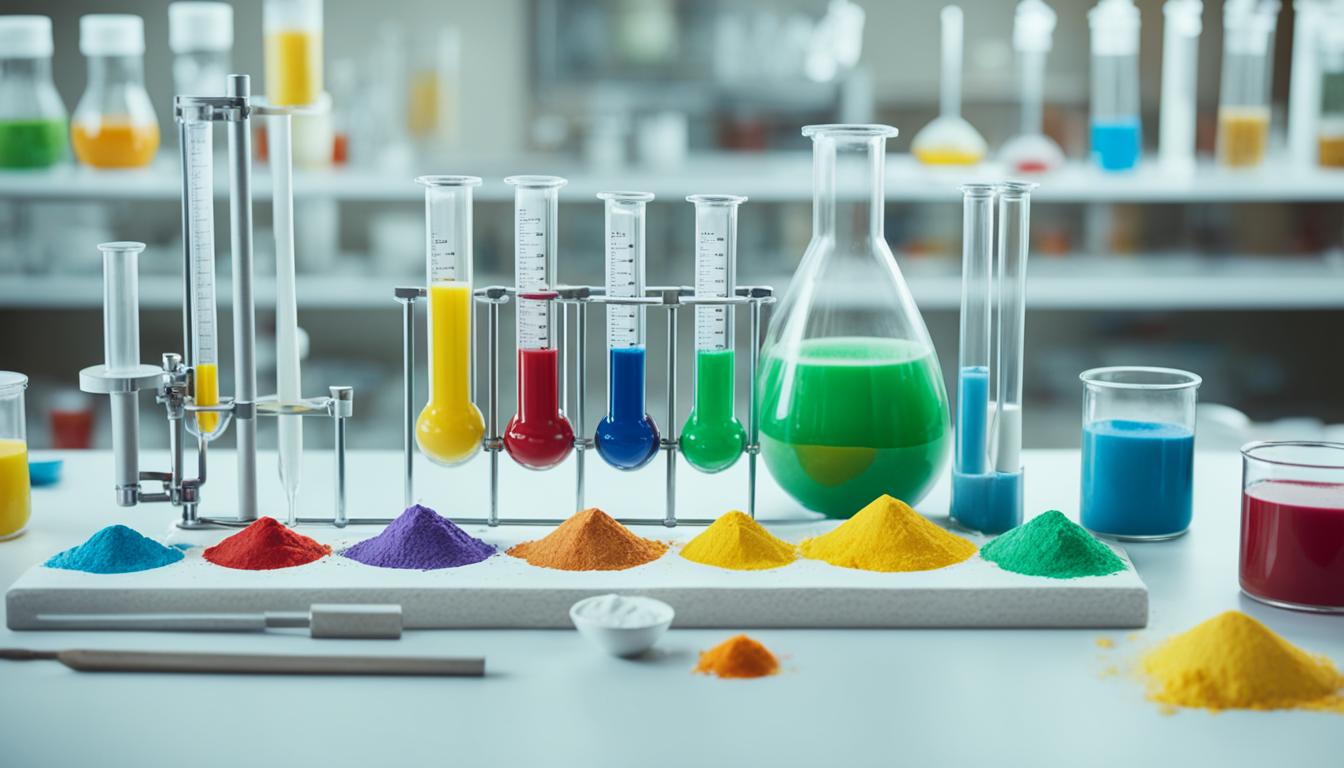
Unlock the secrets of baking mastery with our expert-approved guide to the science behind perfect baked goods. Discover essential tips for success on precise measurements, mixing techniques, oven temperatures, and more.
Samantha loved baking at home, thinking of it as an art more than a science. After struggling to make her grandma’s signature cake, she knew there was more to baking than a recipe. She set out to learn the deep science behind baking for perfect treats.
Many see baking as a precise science, not just a creative act. It needs accurate measurements and an understanding of how ingredients work together. This piece is here to share tips from top bakers and explain the science of baking. We’ll cover everything from getting the measurements right to picking the best ingredients.
In baking, getting measurements right is key. Even small changes in ingredients can affect how your food turns out. It’s best to weigh dry items using a digital scale. This is more accurate than using measuring cups and spoons.
Home bakers often use volume measurements, while professionals prefer weighing ingredients. Weighing is more precise and avoids errors like over-packing. A digital scale ensures your recipes turn out consistent each time.
When you measure by volume, remember to spoon things into the cup. Don’t scoop. Overpacking can add too much, up to 25% more. Level off the cup with a knife for the right amount. This is crucial for the structure of your baked goods.
Having the right tools for the job is crucial. Liquid cups with clear markings are perfect for fluids. For dry ingredients, use specific cups to scoop and level. And don’t forget about measuring spoons for small amounts.
| Ingredient | Measuring Technique | Rationale |
|---|---|---|
| Flour | Spoon & level | Prevents overpacking and over-measurement by up to 50% |
| Baking Powder & Baking Soda | Measure with a spoon, level with a knife | Ensures accurate quantities for proper leavening |
| Liquid Ingredients | Measure at eye level using liquid measuring cups | Provides precise measurements for consistent results |
| Butter | Measure using sticks or a dry measuring cup | Allows for accurate measurements of this semi-solid ingredient |
Baking soda and baking powder are key in baking. They make baked goods rise and get the right texture. Baking soda needs an acidic ingredient like buttermilk or yogurt to work. It makes carbon dioxide bubbles that lift the batter. Baking powder acts differently. It has both acidic and basic parts. They react with liquid to raise baked goods without an extra acidic addition.
Baking soda, or sodium bicarbonate, is vital in baking chemistry. It causes a reaction with acids to make carbon dioxide. This gas makes the batter or dough puff up, giving a light texture to the baked good.
Baking powder plays a similar but self-sufficient role. It contains its own acid and base. With liquid, it makes carbon dioxide. So, baking powder raises items on its own without extra acidic help. Using the right amount is key for good texture and rise.
| Leavening Agent | Ratio per Cup of Flour | Key Characteristics |
|---|---|---|
| Baking Soda | 1/4 to 1 teaspoon | Needs an acidic ingredient to make carbon dioxide gas |
| Baking Powder | 1 to 2 teaspoons | Mixes acidic and basic components to make its own gas, not needing more acids |
Knowing how baking soda and baking powder work is key to baking success. This knowledge ensures you get the desired lift and texture in your baking.
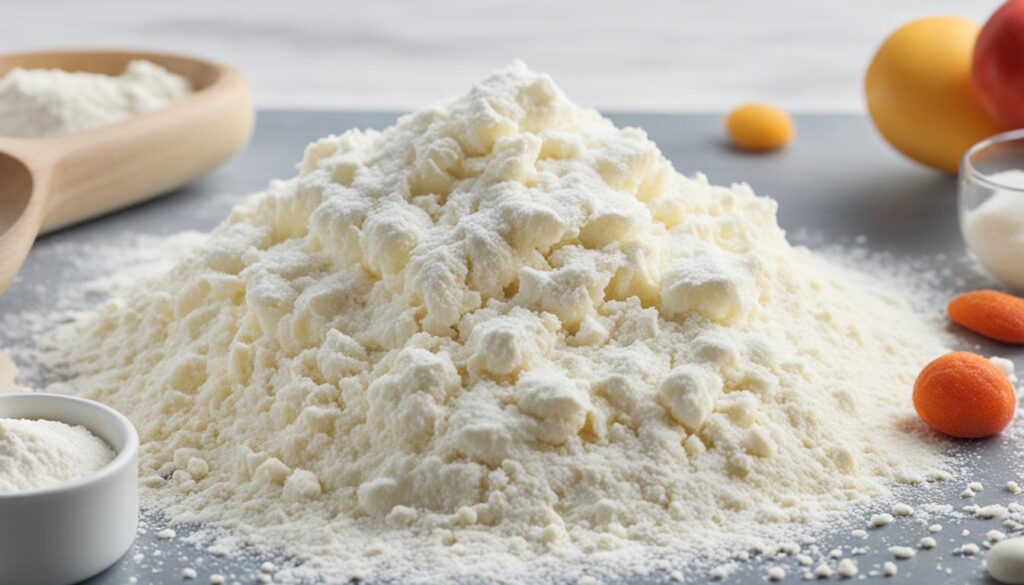
Learning about baking is really diving into science. To make your baked goods turn out right, you must understand the basics. This section offers baking tips from experts. They explain the science behind baking. It covers everything from measuring accurately to the importance of leavening agents and the best mixing techniques.
Ever thought about how a cup of all-purpose flour can weigh differently every time? That’s because measuring by weight is more precise. Knowing the difference between baking soda and baking powder is also key. They are leavening agents which play a big role in recipes.
Mixing your ingredients just right is crucial. Techniques like mixing, folding, and stirring need to be done with care. If you mix too much, you’ll get a tough bake. Too little and it could be uneven.
Follow these baking science tips and you’re on your way to baking success. Soon, you’ll nail those recipes and bake amazing goods every time.
| Baking Tip | Explanation |
|---|---|
| Adjust for High Altitudes | Increase oven temperature by 15-25°F for delicate cakes or chocolate cakes, and decrease baking time by 5-8 minutes per every 30 minutes of baking. Reduce sugar by 1 tablespoon per cup. |
| Ingredient Temperature | Allow ingredients to come to room temperature, approximately 1 hour, before baking for best results. However, the exception is starting with cold butter for pastries. |
| Flour Substitutions | Substitute cake flour with 1 cup all-purpose flour minus 2 tablespoons, plus 2 tablespoons cornstarch. Substitute bread flour with 1 cup all-purpose flour plus 1 teaspoon vital wheat gluten. |
| Measuring Techniques | Spoon flour into the measuring cup and level off the top with a knife to avoid packing it down. For liquid ingredients, use a liquid measuring cup and read at eye level. |
| Mixing Methods | Use the creaming method for butter and sugar in cakes, and the muffin method for recipes using oil. Avoid overmixing to prevent tough or dense textures. |
Practice these baking tips and grasp the science behind them. You will become a better baker and enjoy making great treats.
The creaming method is key for light, tender cakes and cookies. By mixing butter and sugar well, air gets trapped in the mix. This creates a fluffy and delicate texture.
Creaming is crucial because it makes baked goods rise. When stirred, butter and sugar trap air and form small air pockets. These pockets, sealed by eggs, keep the bake fluffy.
Getting the creaming process right is vital for a perfect bake. If you don’t mix the butter and sugar enough, the texture will be off. But mix too much, and the mix turns greasy. Softened butter that’s the right temperature and slowly adding sugar are the secrets to success.
Knowing the science behind creaming is important. It involves choosing the right fat and avoiding both over- and under-mixing. This know-how is vital for anyone serious about baking light, airy goods.
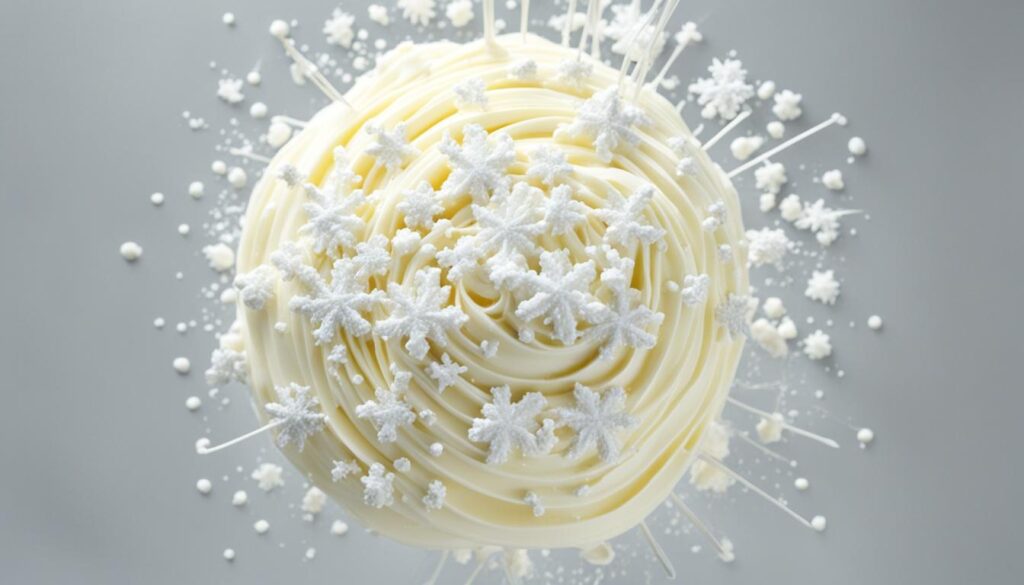
Whisking adds air into batters, making them light and airy. When you whisk egg whites a lot, you get the structure needed for meringues and sponge cakes. This is because whisking creates small air bubbles that make the final product light. Learning how to whisk well takes practice and knowing why it works.
How you whisk can change a cake from flat and dense to light and airy. The whisking technique is key to get enough air in and make the texture just right. This is what makes a lot of desserts wonderful to eat.
In making meringues and sponge cakes, whisking is really important. You need that air to get their special light and airy feel. Knowing a bit about the science of baking helps bakers do this well and make yummy treats every time.
The rubbing-in method makes pastries like scones, shortbread, and pie crusts soft. You mix solid fat with dry flour until it looks like breadcrumbs. This step helps stop the dough from getting tough. The dough becomes delicate and crumbly, perfect for these types of pastries. Knowing how and why this works is key for bakers who love pastries.
The rubbing-in method is great for pastries that need to be soft. It’s used in making shortcrust pastries, biscuits, and more. Mixing flour with water makes gluten, which toughens baked goods. By gently blending fat into the flour, you avoid making too much gluten. This makes the pastries tender.
To start, make sure everything is ready. You need a cold surface, butter cut in small pieces, and dry ingredients. Cold butter is key here. You cut it into the flour until it looks like crumbs. Fat cutting through gluten makes the pastry soft.
This method is perfect for pastries that should be crumbly or flaky. It should only take about five minutes. Use your fingertips when mixing. This makes a better texture and keeps the butter cold. The result is a great crust for your baked goods.
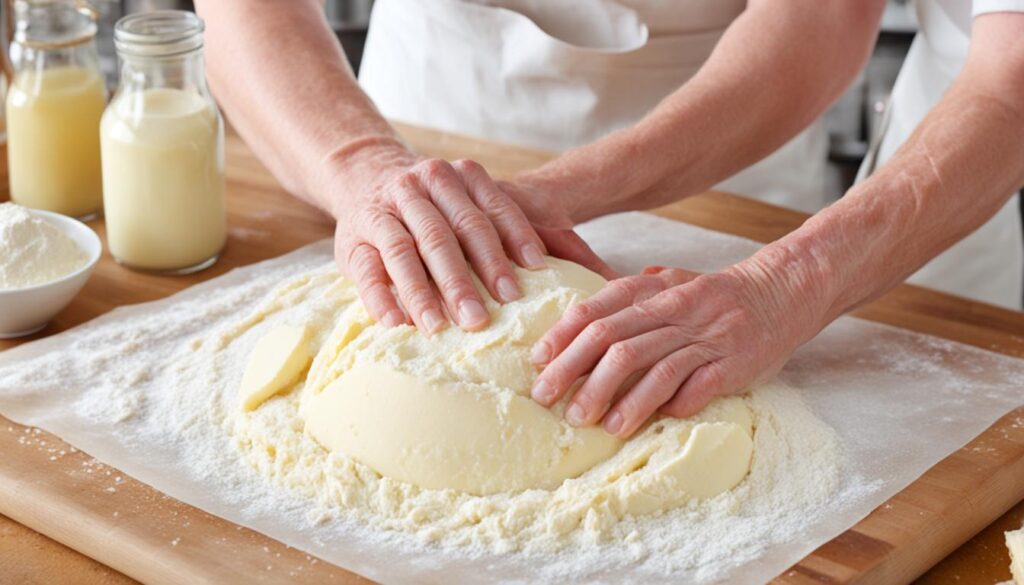
Getting the mixing right is key for perfect baked goods. If you mix too much, you get a tough, chewy product. Mix too little, and your texture is uneven. When folding, you gently blend in light stuff like egg whites. But when stirring, you’re thoroughly mixing everything together.
Knowing how mixing affects your batter or dough is crucial. Overmixing creates too much gluten and a tough texture. Yet, mix too little, and your ingredients won’t be well blended. You want to aim for the perfect balance.
For things like whipped egg whites, use the folding technique. It keeps your batter light and airy. This way, the chemistry for baking stays on point, giving you that perfect texture.
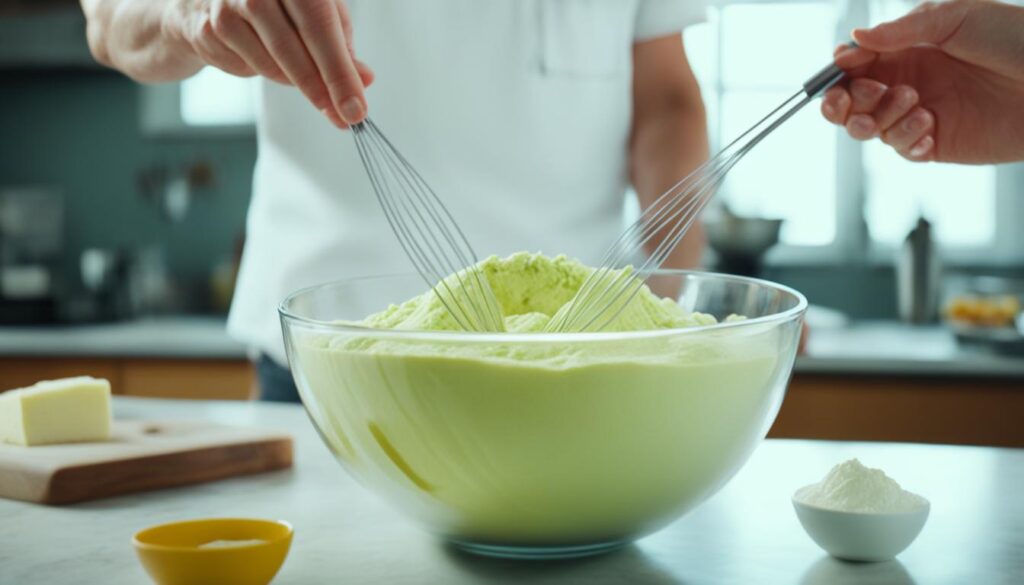
To make the best yeast-based dough, like for breads, pizza, and pastries, you need to knead and roll it right. Kneading is key because it builds up a network of gluten. This gives dough its stretchy and chewy feel.
When you mix flour with water, you get gluten. This gluten is made from two proteins in the flour. Kneading makes these proteins line up and form long chains. These chains trap air as the dough rises. To knead well, push the dough flat, then fold it over. Turn it a little and repeat. This ensures the gluten forms evenly throughout the dough.
Getting the right dough texture and gluten development needs time and effort. It’s good to knead for about 10 minutes. This gets the dough strong and stretchy. Keep a little flour near for sticking dough. A sprinkle on your hands can make kneading smoother. Let the dough sit after adding more flour. This makes it easier to work with. Test your dough with the “windowpane” test. If a small piece stretches without breaking, it’s ready. Good kneading stops your bread from being crumbly and ensures a great bake.